The beautiful Musée Jacquemart-André has reopened after a year of renovations, and there’s something here (quite a lot, actually) for every lover of art, architecture, history, food, and beauty …
The Story of the Building and its Owners

The Musée Jacquemart-André is one of those Parisian museums where the casing is as gorgeous as the contents — just like the Musée de la Vie Romantique, the Petit Palais, the Musée Delacroix … Okay, pretty much all of Paris’s museums are housed in wonderfully historic buildings, but the Musée Jacquemart-André is particularly illuminating for the way in which it reveals how Parisian high society lived at a particularly heady moment in time — the early years of the Belle Époque.
Banking heir Edouard André, whose city château was completed in 1875, married society-portraitist Nélie Jacquemart in 1881, and the haute bourgeoisie power couple obsessively amassed art, especially of the Italian variety. The Boulevard Haussmann plot had once been within the Monceau village, recently annexed by Baron Haussmann, and its redevelopment had attracted le gratin of Paris, who commissioned ostentatiously luxuriously mansions around and near Parc Monceau (the Musée Nissim de Camondo is another example). The Andrés not only created a home that would double as a gallery for their art, but they loved to entertain lavishly, and as such their mansion was also part party-hub.
As you enter, via the one-time curving carriage ramp, it’s easy to imagine guests in black-tie and rustling gowns clattering into the formal front courtyard, which is curiously positioned at the rear of the plot. Another point of difference between the architecture of this townhouse and that of most Parisian hôtels particuliers is that the grand staircase (more on which below) was positioned to the side, so as to keep the emphasis on the grandeur of the initial entertaining salons; the architect (Henri Parent, who designed other mansions in the area, including 8 Rue Alfred de Vigny, which once housed Hubert de Givenchy’s atelier), came up with an ingenious hydraulic system that dropped the partition walls of the state rooms, to form a space so vast it was said to hold a thousand guests.
The Sumptuously Furnished & Art-Filled State Rooms
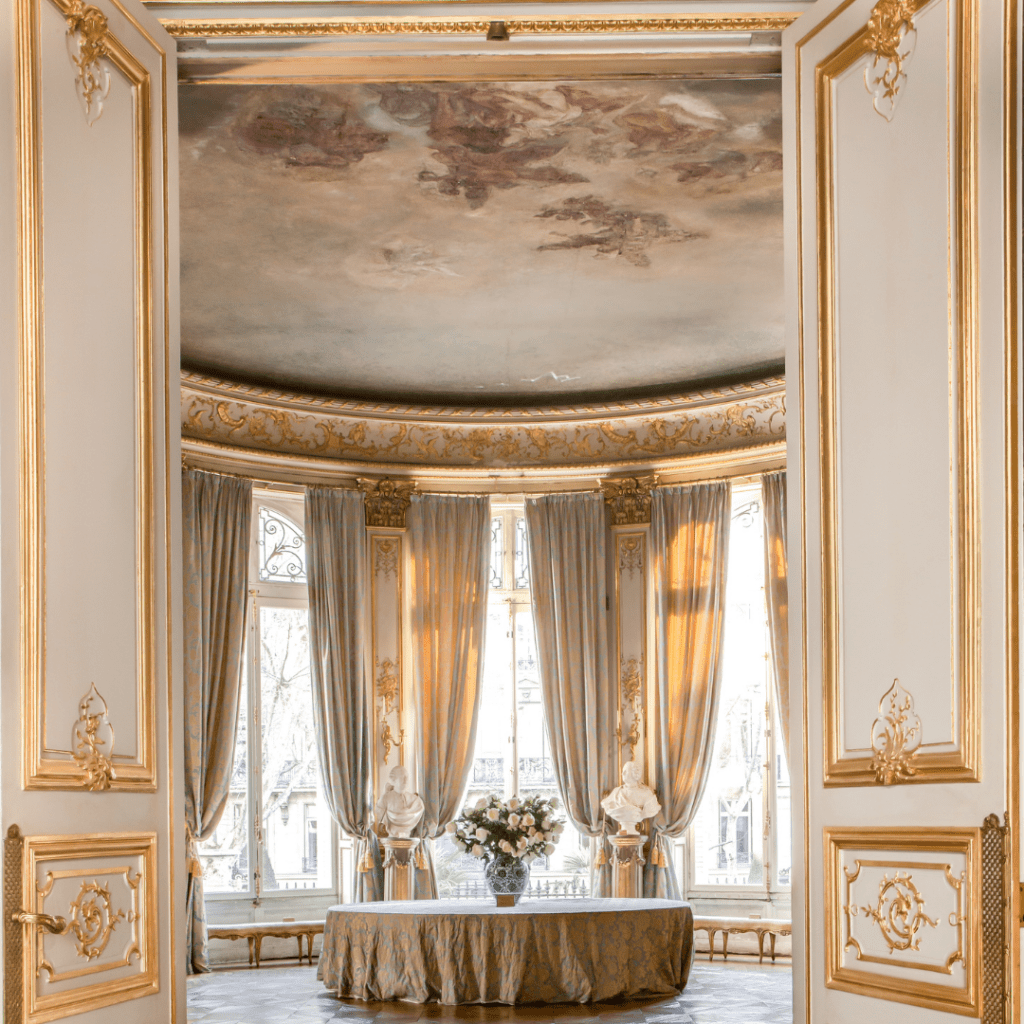
The State Apartments are the first rooms guests enter to this day, and the Grand Salon (above) and Salle de Musique (below), which is crowned with a gleaming musicians’ gallery, seem especially to resonate with the glamorous ghosts of parties past.

So much beauty abounds that it’s hard to know where to look: at the divinely frescoed ceilings, the gilded wood panelling, the lavish furniture …
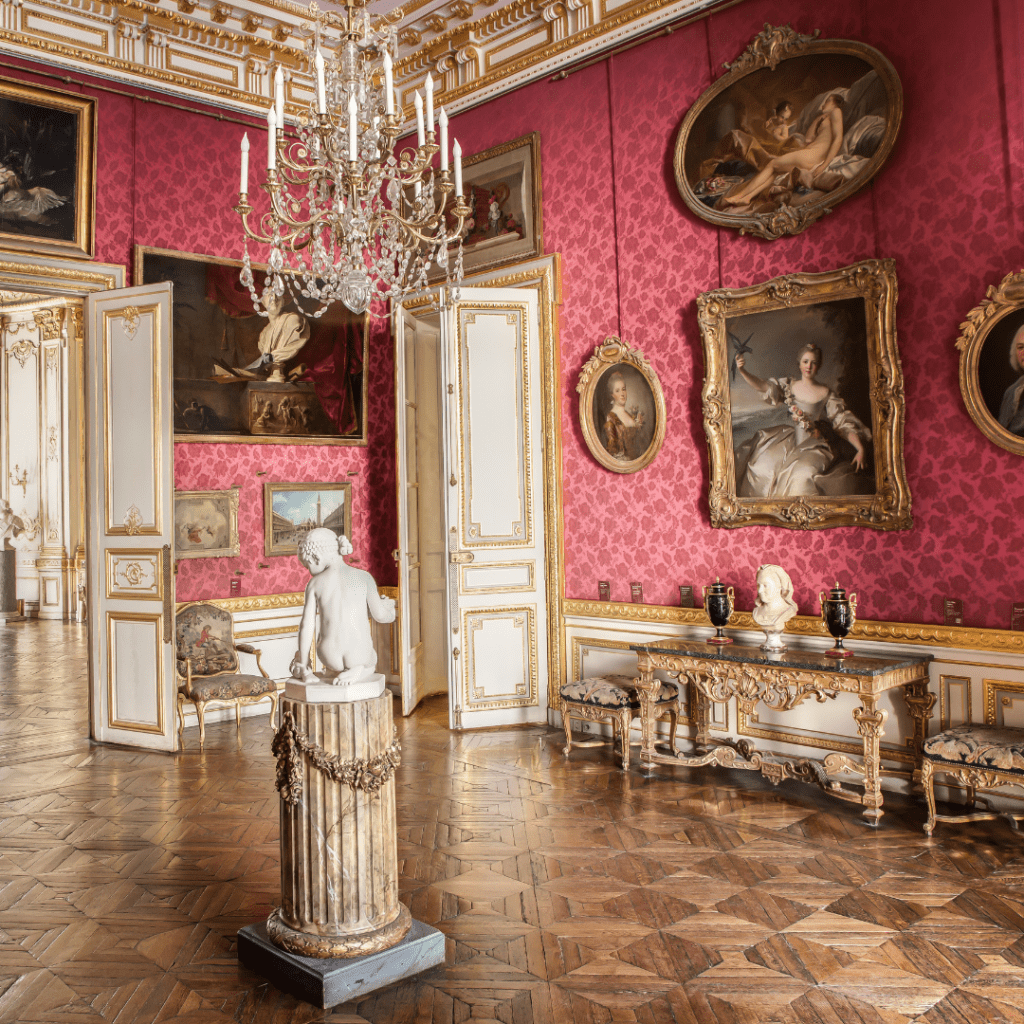
The eighteenth-century French art — chosen by the Andrés to set off the Louis XVI interior decoration style — is especially lovely, with one stand-out painting being Jean-Marc Nattier’s Portrait of the Marquise d’Antin (above).
The Gorgeous Winter Garden and a Stunner of a Staircase
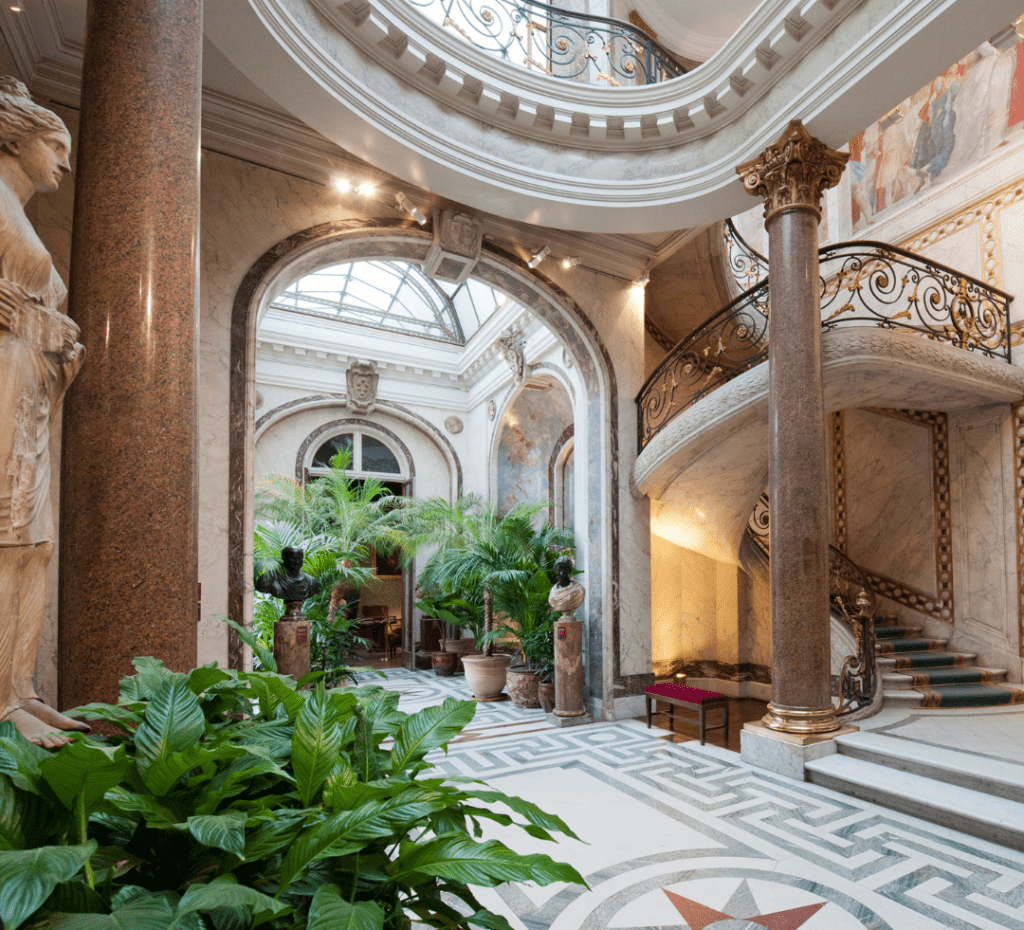
Henri Parent, the architect, had missed out on the job of designing the Palais Garnier, and some say the Andrés’ mansion was Parent’s riposte to the powers that be. He certainly proved his talent for theatrical opulence, and then some. The staircase, a double twirl of marble steps, is nothing short of spectacular, especially being set against a Tiepolo fresco (added in 1893, after the Andrés acquired a collection from Mira’s Villa Contarini). Parent embedded the stairs within a delight of a Winter Garden; a jardin d’hiver was a haute bourgeoisie home status symbol at the time, allowing owners to show off their collection of worldly plants in exotically relaxing surrounds.
The Delightful Informal & Private Apartments
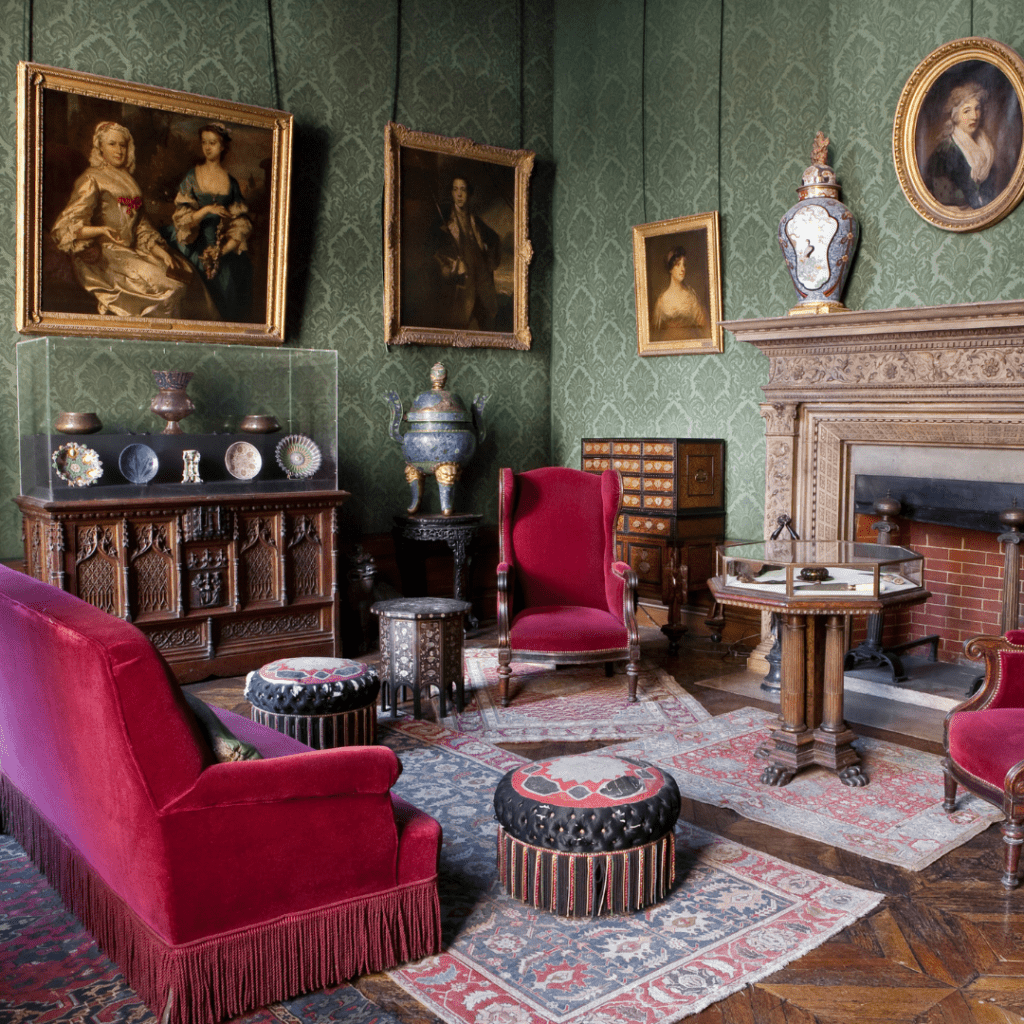
The smaller, cosier rooms might not have the wow factor of the entertaining spaces, but they’re no less special for that, having a soulful warmth to them that touches the heart. You can perfectly picture Nélie lovingly decorating every wall and corner of each room, with the art, furnishings, and decorative objects she collected during her travels to England, Persia, and the Indies. The Smoking Room (above) seems still infused with the brandy aroma and cigar smoke of the men who used to retire here after dinner parties.
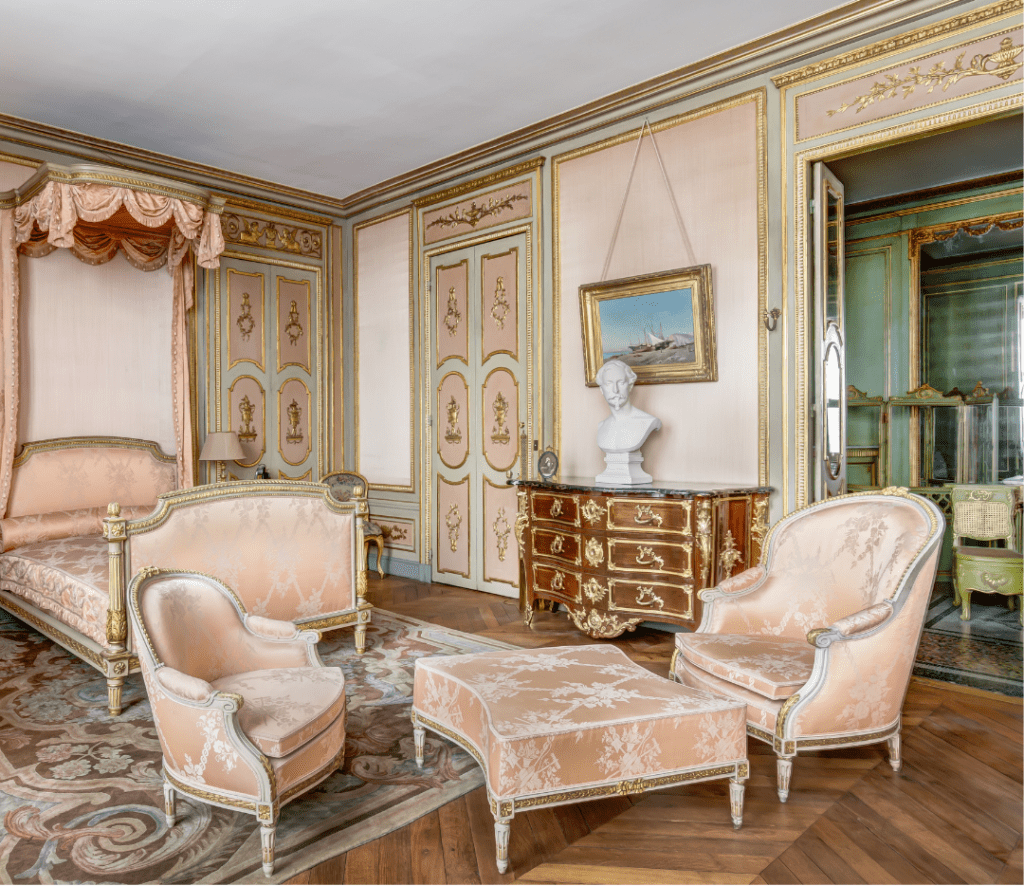
And the private rooms are utterly charming, decorated again in Louis XVI style, with flourishes of gold and eye-pleasing tones of salmon-pink and pistachio-green.
One of the Most Mesmerising Museum Restaurants
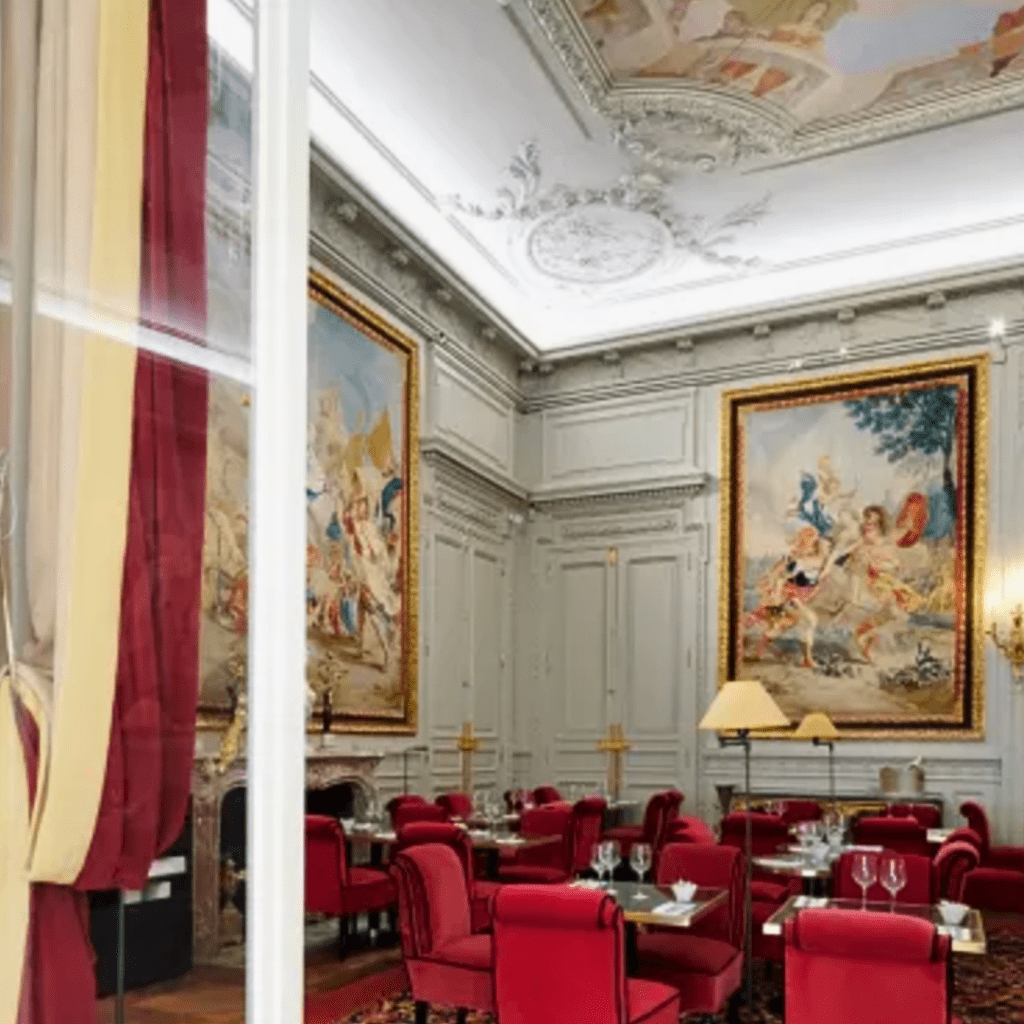
The celebrated salon de thé, set within the Andrés’ former dining room, has also had a makeover. Le Nélie, now a restaurant-tea room, still boasts the incredible Tiepolo ceiling and eighteenth-century wall tapestries; it’s the menu that has mostly had an upgrade. Happily, there remains the gorgeous selection of salads and pretty pastries, but if you want to settle in for a long lunch, there are also nourishing mains on the menu (inspired, fittingly, by both French and Italian classics). The restaurant transforms its ambience throughout the week; go on Friday evening for extended apéro hour (think spritzers and snack platters), on Saturday and Sunday between 11am and 2:30pm for a decadent brunch, or a little later on the weekend for le tea-time. Note: you can visit Le Nélie independently of the museum, but be prepared to wait at times, for reservations are not taken. See the web page for more information.
The Galleries & their Incredible Array of Italian Art

Nélie and Edouard set out their lovingly accumulated Italian artworks on the upper floor, creating an atmosphere that made friends and special guests feel transported to a Renaissance palazzo. The Andrés’ Italian Museum — which consists of three galleries: Sculpture, Florentine, and Venetian — still astounds for its expertly curated collection of sculptures, bas-reliefs, religious objects, and paintings (by, among others, Uccello and Botticelli, no less); Italophiles and art lovers will be in absolute raptures.
Also keep a look-out for the temporary exhibitions, which tend to celebrate an Italian theme or angle. Currently showing: Masterpieces from the Borghese Gallery.

